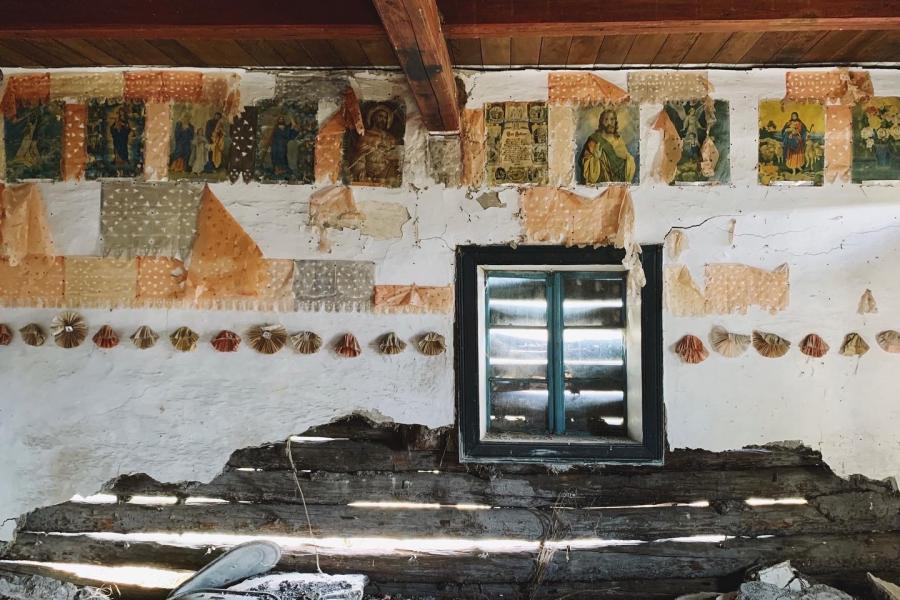Robert Galston

Forgotten Architecture in Rural Manitoba
Settlement in Manitoba during the late 19th and early 20th centuries created built expressions of the people who came to inhabit the land. While settlement patterns emerged on the rigid conformity of the Dominion Lands Survey, the buildings that arose reflected a wide diversity of culture. Changes to transportation and the economy on the prairies, which began in earnest after the Second World War, meant profound contractions to this early settlement pattern. While much of the built environment from this early time has faded away, a number of remnants can be found, particularly rural churches and associated community halls.
In 2020, when Covid-19 restrictions altered the usual patterns of travel and social life, Robert Galston began spending time travelling around rural Manitoba, either solo, or with his wife, Marissa Dudych. These travels would be guided largely by data provided through local history sources, he and his wife’s ancestral roots in Manitoba, and the refreshing autonomy of going where the country road takes you.
This lecture provides a brief survey of architectural landmarks visited in these far-off corners of the province. These landmarks range from early Ukrainian religious and residential architecture which echoes the styles of the Bukovynian homeland, a farmhouse and granary constructed from fieldstones deposited by glaciers, and a decommissioned Winnipeg streetcar in an Interlake cow pasture. The lecture aims to not only showcase these structures, but to place them in the context of their geographic place and economic and cultural history.
About Robert Galston
Robert Galston is a city planner who has worked for the City of Winnipeg since 2016. In 2017, he graduated from the Faculty of Architecture with a Masters in City Planning. Prior to beginning his planning work, Robert was a regular commentator on urban issues in Winnipeg, with articles appearing in the Winnipeg Free Press and Spacing Magazine.
